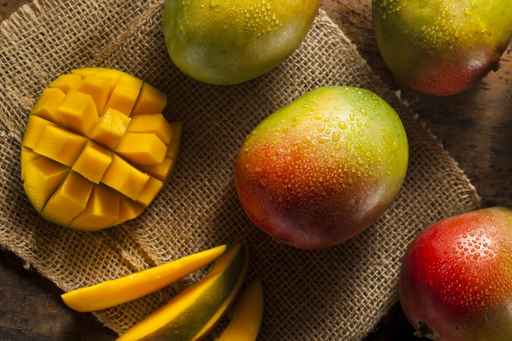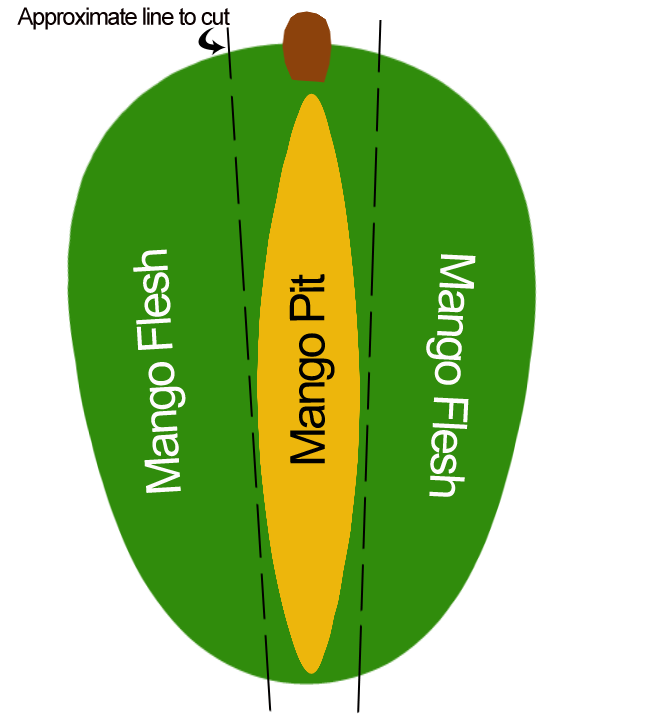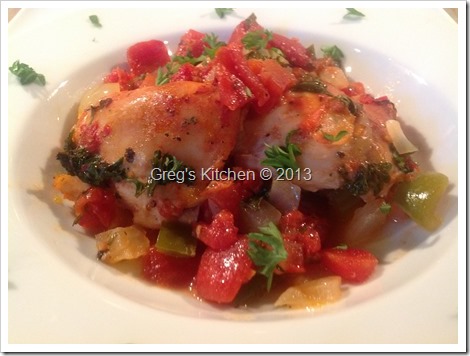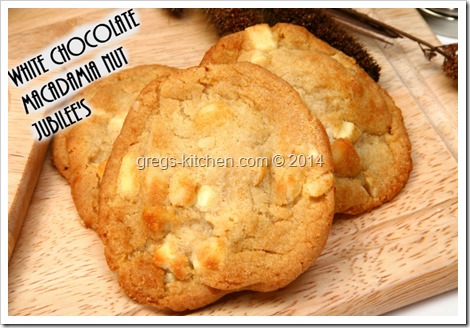Living in Florida are so many different tropical fruits and vegetables that I had never seen when living in Ohio. Many of them I am still working to understand how to use them in my recipes. Especially now that I am in South Florida.
I was used to the occasional star fruit or kiwi popping up every so often at the farmers markets up in Tampa. But down here I am finding everything from dragon fruit to yucca. Often times I find something and have to ask the vendor what it is and what it is used for. Believe me, these aren’t the farmers markets I found up north.
I decided that I’d pick one new item a week and write about it and possibly come up with a recipe or two for it. This week I have decided to start with the “mango”. I remember seeing a few mango trees up in Tampa every so often but to be honest with you, I never really ventured into cooking with them a whole lot. It wasn’t until a friend took me on a hunt for mango trees in Ybor City that I decided it was time to start looking at this tropical fruit a bit closer.
It wasn’t till this spring that I noticed that mango trees are as prevalent down here as Live Oaks. They are everywhere. I see little stands in peoples front yards with mango’s piled on them for 5/$1 and sometimes signs that say for free. They are everywhere.
What I found first about the mango that surprised me was the seed. It is a flat long seed that stretches almost the entire center of the fruit. So you can’t just cut it in half like you would an apple or pear. I’ts more like cutting a stone fruit except it is a more long and flat area to cut around. The easiest way to cut a mango is to make two slices around the pit as shown below.
Once you have the two halves you can use a paring knife and cut it in squares like you would a avocado, push the skin side inward and then cut off the squares (as pictured in first picture on left.
Mango’s come in many sizes and a few colors. The ones we see most are the ones that look orange-yellow-green but I have have found them in all yellow, green and even a red one. The best way to choose a mango at the store is not as much about the color as it is its firmness. Push gently against the skin with your thumb. If it’s “squishy,” it’s too ripe; too hard and it’s not yet done. It’s perfect when it gives ever so slightly to gentle pressure, and may also have a fruity aroma on the stem end. If unripe, you’ll want to keep it at room temperature – not refrigerated – so it can become not just softer, but also sweeter. To speed up the ripening process, place it in a brown paper bag for a few days, checking at regular intervals. Refrigerate mangos when they’re at optimum stage of “doneness.” Uncut, they can keep for around five days. Peeled and chopped, they’ll be fine in the freezer in an airtight container for six months or so.
Nutrition wise mangos have about 100 calories per 1 cup serving size. This one cup size also provides 100% of your daily Vitamin C and 35% of your Vitamin A. Besides having more than 20 different vitamins and minerals, mangos contain flavonoids like betacarotene, alphacarotene, and beta-cryptoxanthin, which help vitamin A to impart antioxidant strength and vision-protecting properties, maintaining healthy mucous membranes and skin. That one cup also provides 12% of your daily dietary fiber as well.
But enough of that scientific and health stuff (LOL). Let’s get on to some recipes. I have been using mango’s so far in salsa’s and such, but I find just picking one off a tree and eating it like a peach is just as satisfying. Below is a link to the recipes that I have utilized mangos in so far. I will update it as I add more recipes. Let me know what y’all think of mangos and how you use them in your recipes. I’d love to share them with all my followers.
Click this link to view my recipes with Mangos
![]()
![]()













Be the first to comment